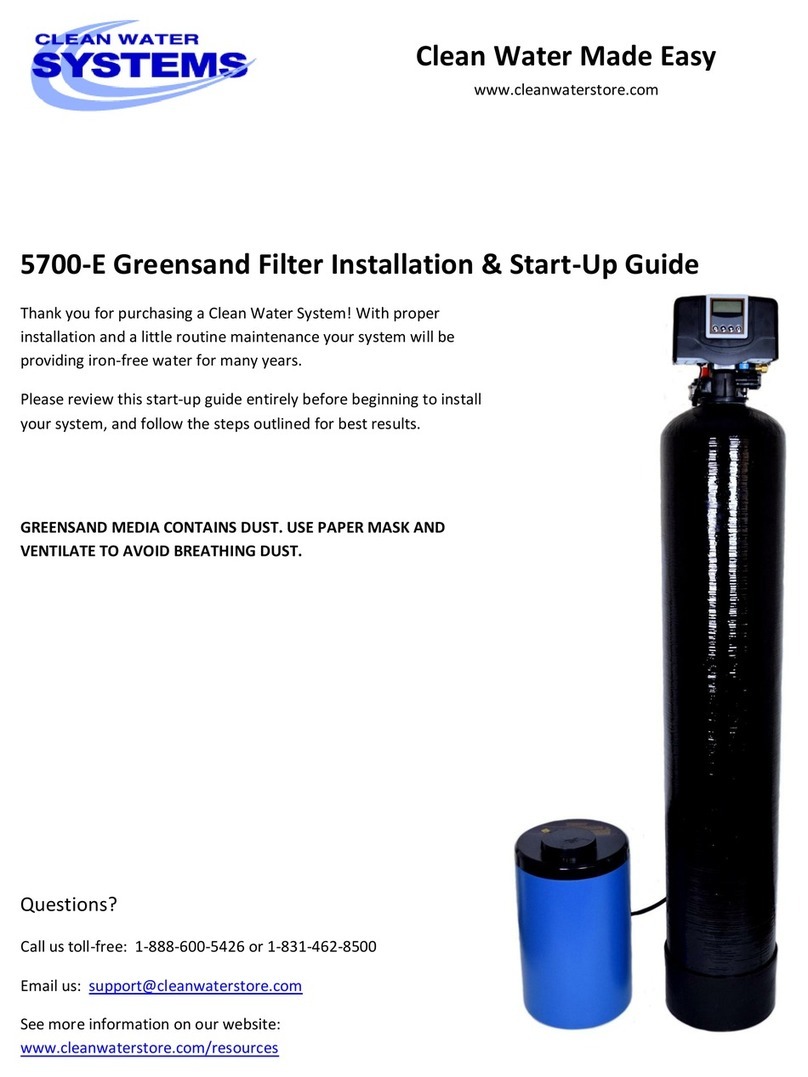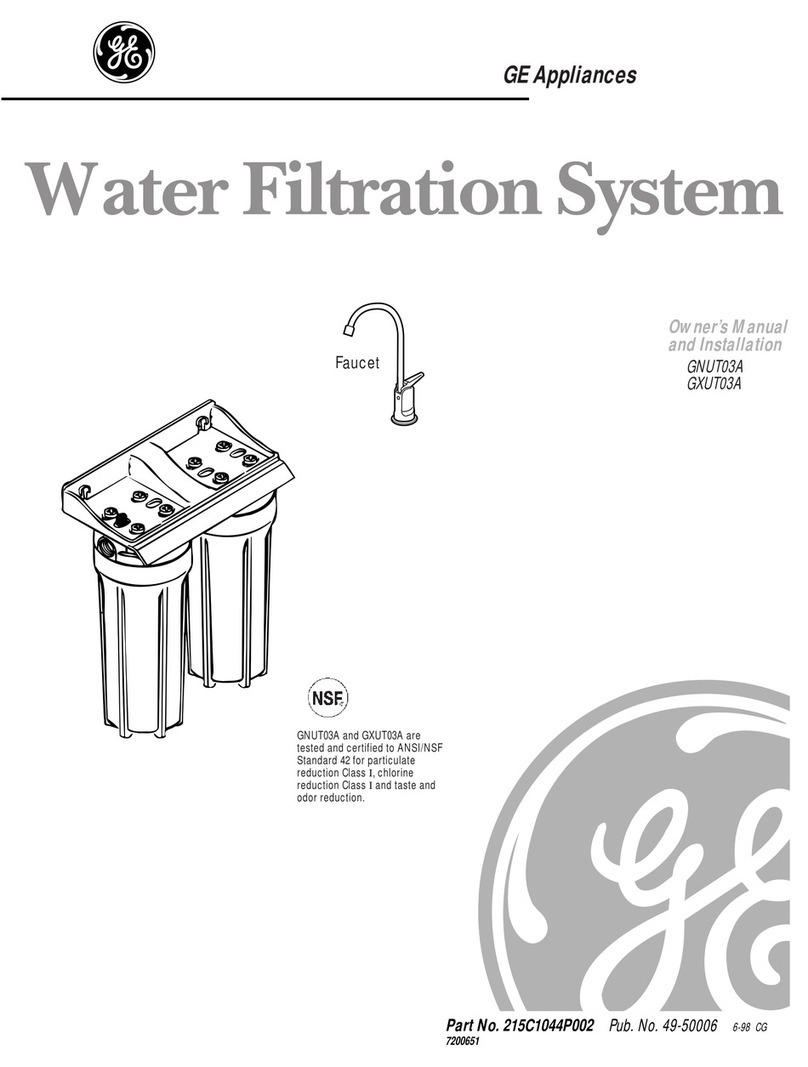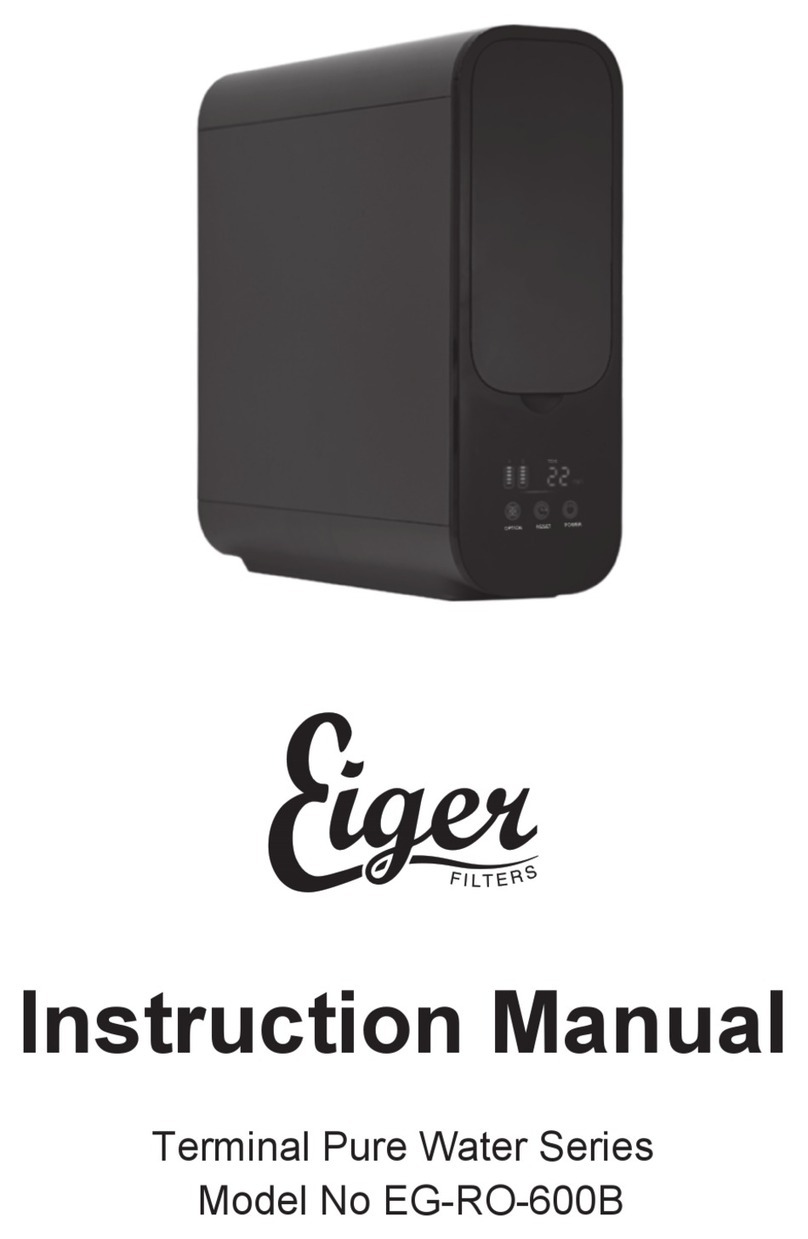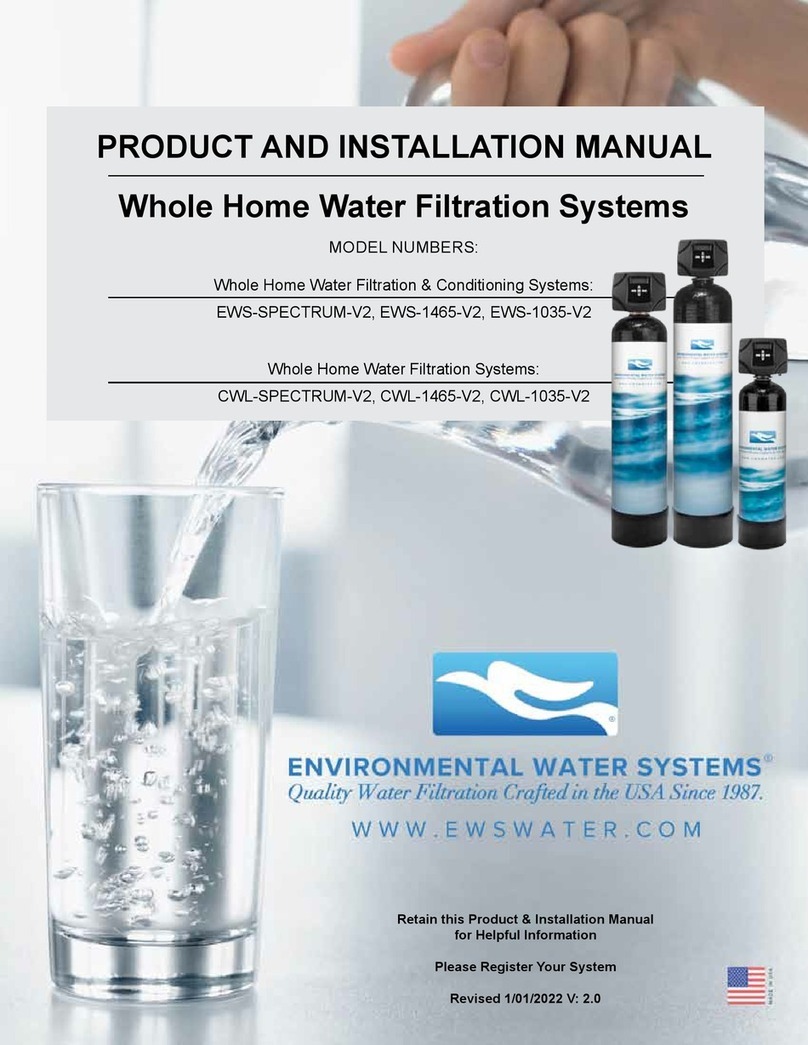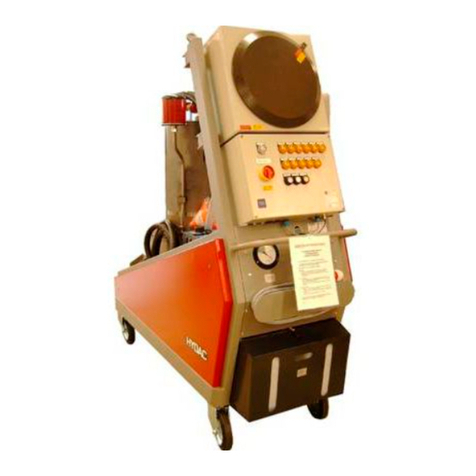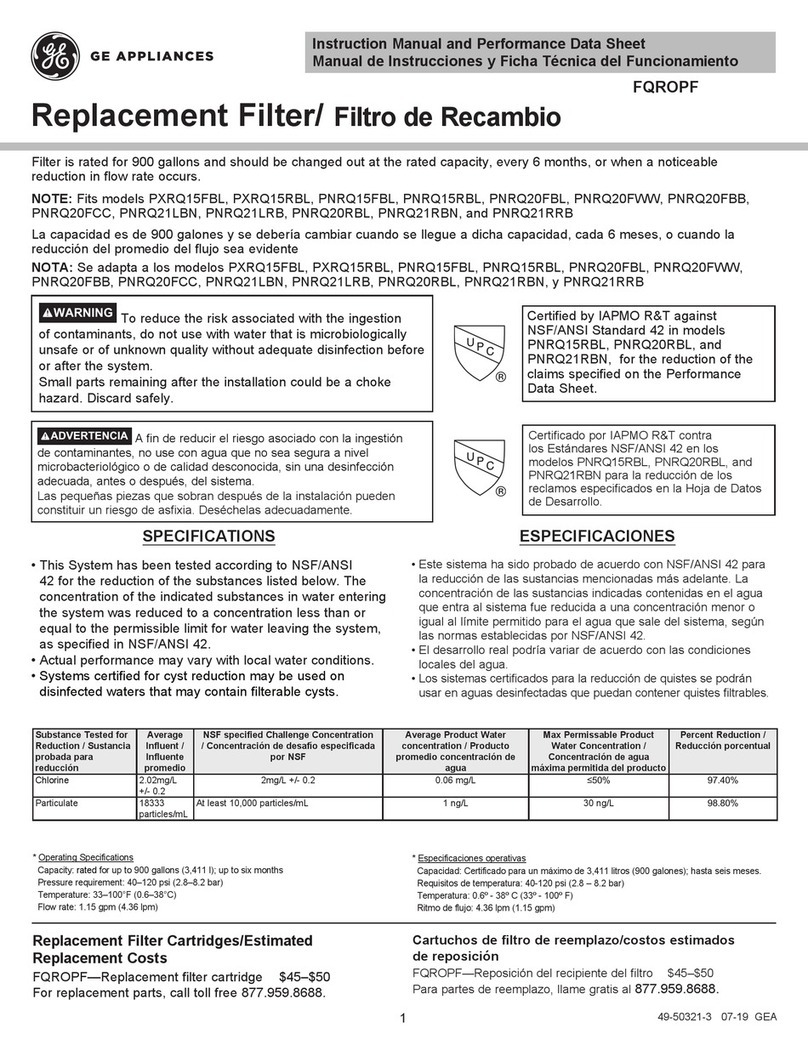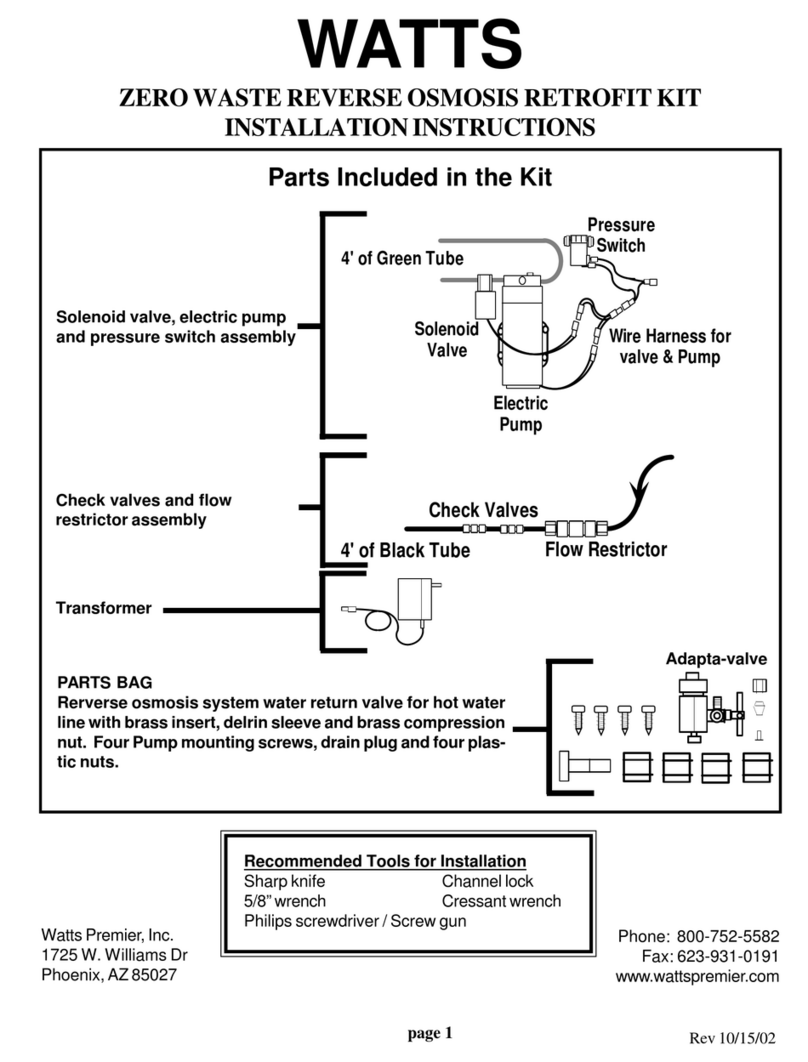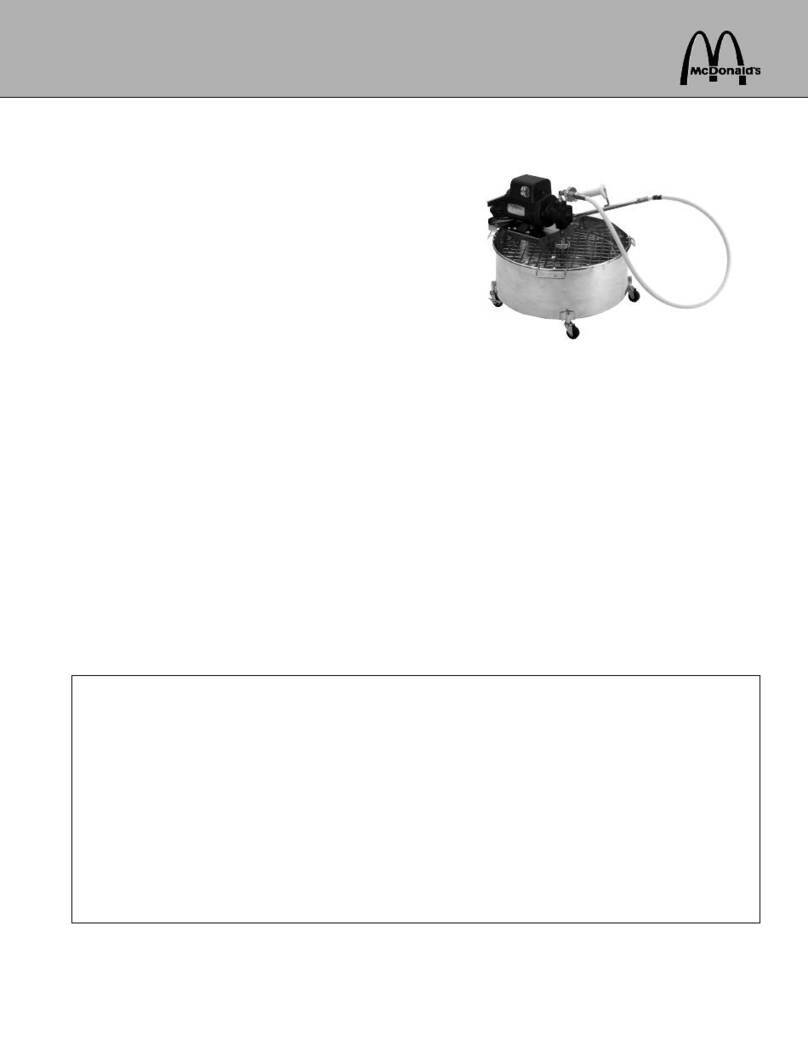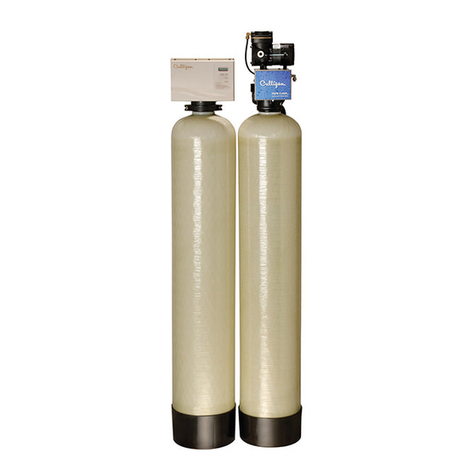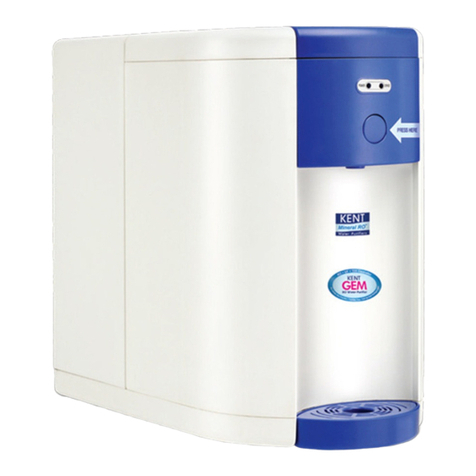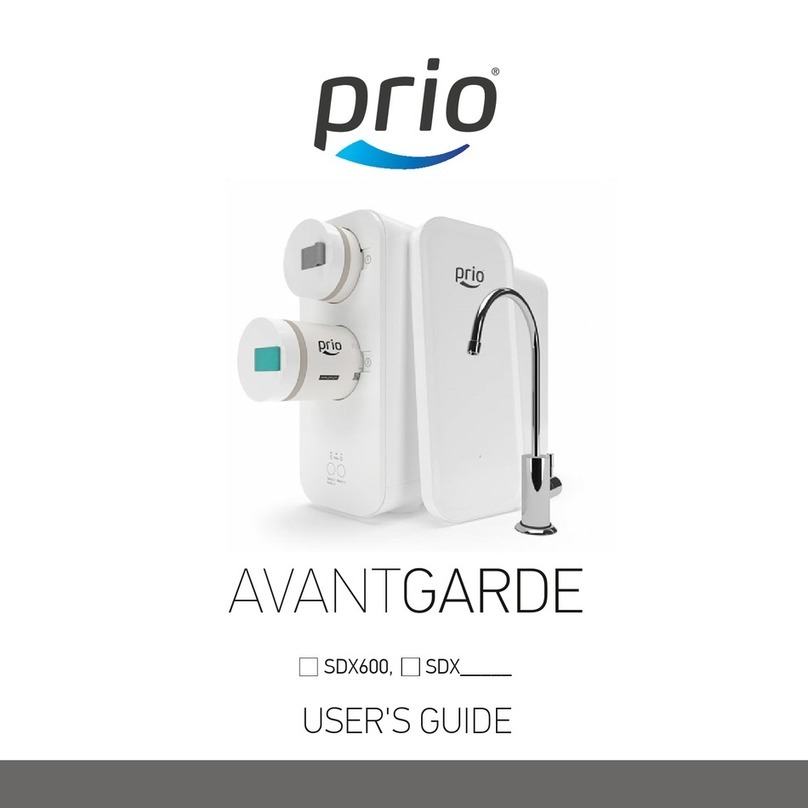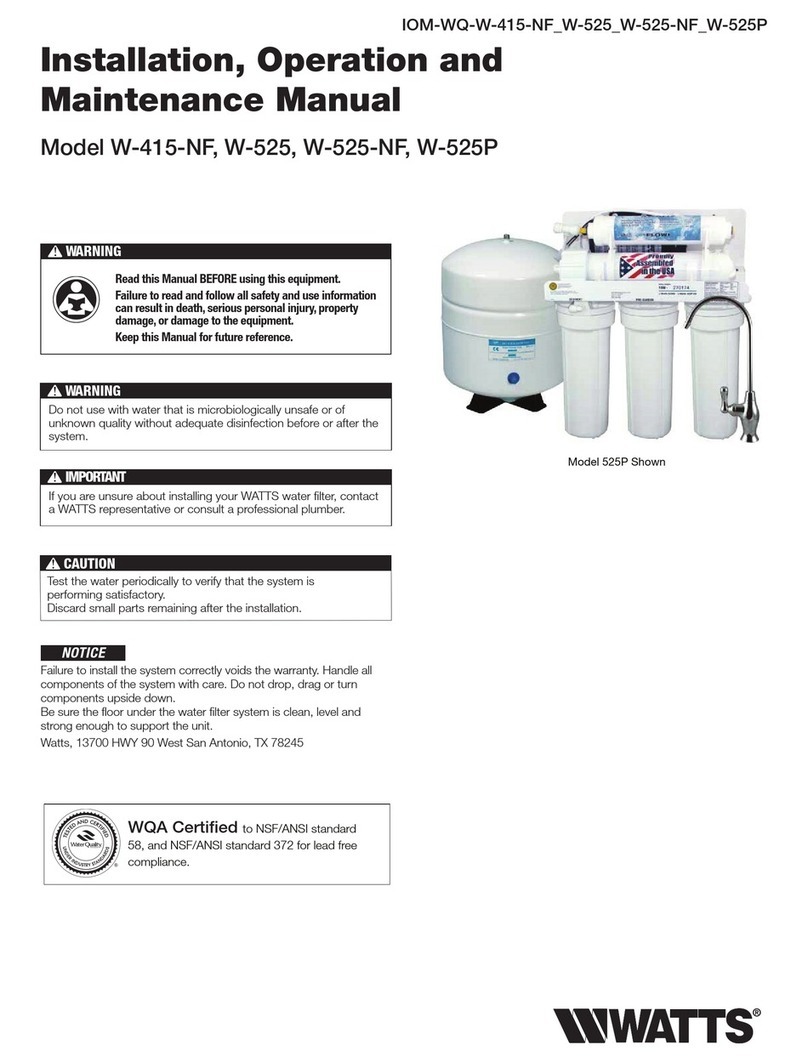WARNING
YOUR FILTER OPERATES UNDER PRESSURE.
THE FILTER MAY CAUSE SEVERE INJURY OR
DEATH FROM TANK EXPLOSION.
YOU COULD BE SERIOUSLY INJURED OR
KILLED IF YOU DO NOT FOLLOW THE
INSTRUCTIONS AND WARNINGS THAT COME
WITH YOUR FILTER.
IF YOUR FILTER HAS A PRESSURE RELIEF
VALVE, YOU MUST USE THIS VALVE TO
RELEASE ALL PRESSURE IN THE FILTER
BEFORE DISASSEMBLING THE FILTER.
FAILURE TO DO SO CAN RESULT IN SEVERE
PERSONAL INJURY OR DEATH.
RREEAADDFFIILLTTEERROOWWNNEERRSSMMAANNUUAALL
CCOOMMPPLLEETTEELLYYBBEEFFOORREEDDOOIINNGG
AANNYYTTHHIINNGGTTOOTTHHEEFFIILLTTEERR
TANK BAND INSTRUCTIONS
The Clamp installation instructions must be followed EXACTLY to prevent the lid from blowing off during initial startup, restart or filter
operation.
BEFORE working on the Filter System complete the following steps.
•Turn the pump off and shut off any automatic controls.
•Open the air relief valve and wait for the pressure to be relieved.
1. Make sure the lid O-Ring is in position in the lower tank half.
Press the filter lid over the lower tank half sandwiching the O-Ring
between the 2 halves. See diagram (A)
2. Keeping the ends of the filter clamp apart, position the center of the filter clamp
(the valley of the clamp) over both the upper and lower tank flanges (B).
Carefully bring the ends together as you insert the T-bolt into the union located
on the other side of the clamp assembly. See diagram (C)
3. Place the washer and the tension spring on the barrel nut.
Hand tighten the nut. Keep checking the clamp for proper seat-
ing as you hand tighten the nut. See diagram (D)
4. Tighten the nut using a 7/8 inch wrench. See diagram (E). Be sure to tap
around the outside of the clamp using a mallet or similar tool to ensure proper
seating of the clamp. See diagram (F). Continue tapping and tightening until
the coils in the spring touch each other. Do not tighten beyond that point.
5. The spring coils should be checked periodically – about once a month- to ensure that they continue to touch each other,
indicating that the clamp is under sufficient tension. If they do not touch repeat step 4.
BC
A
D
E
F
12












